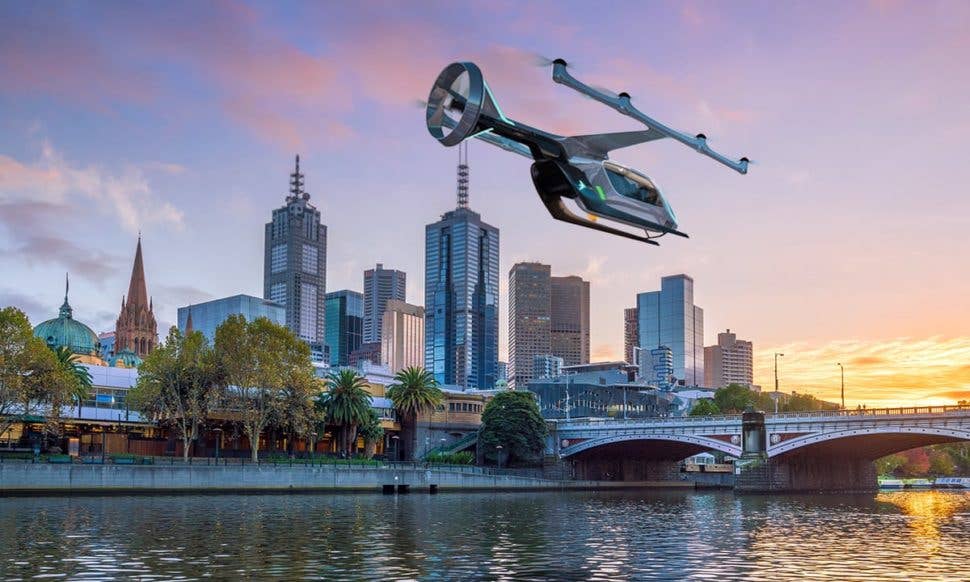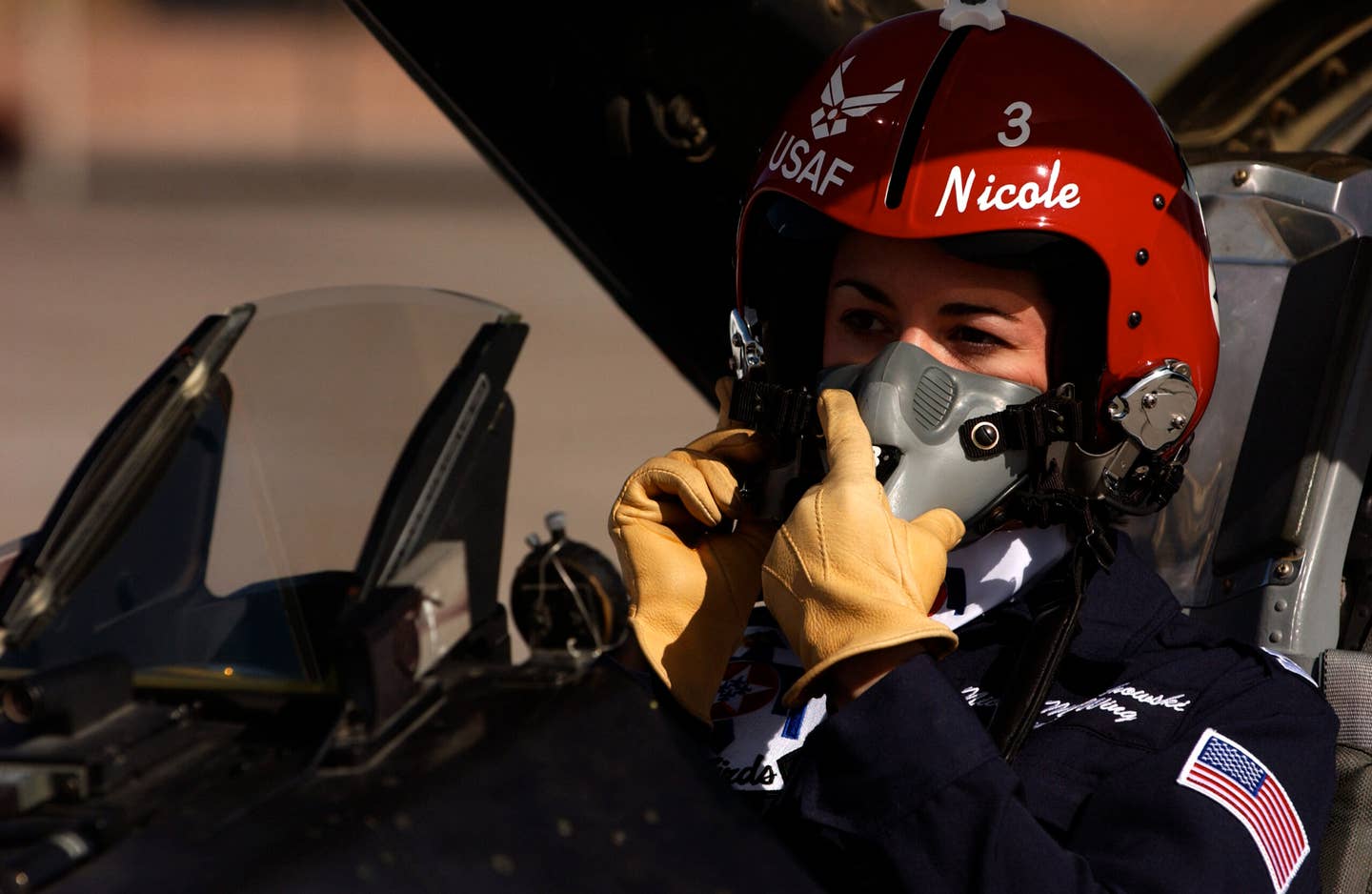Electric Aircraft: Battery Life Just As Important As Capacity
Battery limitations continue to stunt the potential of electric aircraft, but Uber is betting that current technology is good enough to make urban air mobility workable now and will only…

Image: Uber Air
Battery limitations continue to stunt the potential of electric aircraft, but Uber is betting that current technology is good enough to make urban air mobility workable now and will only improve as the vehicles mature.
At this week’s Uber Elevate Summit in Washington, D.C., the company’s Mark Moore said battery capacity and longevity drives both the design of the aircraft and how they’ll be flown when UAM goes operational. “Everything points back to the batteries. We’ve got a very severe energy constraint, so you’ve got to design the entire aircraft around the battery if it’s going to work well,” Moore said. Moore spent years at NASA as electric vehicle expert and joined Uber Elevate as the company’s vehicle director of engineering.
Although Uber is relying on five companies to develop potential UAM aircraft, it’s intimately involved in evaluating and testing battery technology, including which chemistries work best and how to charge and maintain batteries. As the wider electric aircraft industry looks at applications for these aircraft, many companies are considering hybrid drive designs to extend range. For now, Uber is sticking with pure electrics.
That means that UAM aircraft have to accommodate the inevitable in-service degradation of batteries and factor those costs into the operating economics. “You have to design the aircraft for the end of life of the battery, not a new battery,” Moore said.
In fact, battery longevity may be just as economically important as the aircraft’s basic range limits. As a result, Uber is developing charging and maintenance strategies aimed at extending battery life. Moore said vehicle range is less important than stage lengths, which are estimated to be typically about 25 miles.
“With these batteries, you have to be able to recharge to keep these vehicles productive on the network,” Moore said. So the typical trip that might best extend battery life is 25 miles, followed by a seven-minute charging period, followed by another short charging period.
“One of the key things to look at is state of charge. We’re not necessarily looking to charge to 100% and we don’t want to take them to zero,” said Celina Mikolajczak, who oversees Uber’s energy storage systems.
Under some duty/charging cycles Uber has simulated, she said, the packs would have to be changed every three months. But a short duty cycle followed by a short charge cycle might extend that to a year. “That starts to look a lot better,” she added.
Because of both range and battery life limitations, commercial electric aircraft will live in a narrow sweet spot that will depend, in part, on flight hour costs. Moore offered a glimpse. Against the Bell 407 GXi that might be used in the just-announced UberCopter service from Manhattan to JFK airport, operating costs for the electric vehicle are estimated to be $700 compared to $1192 for the helicopter.






